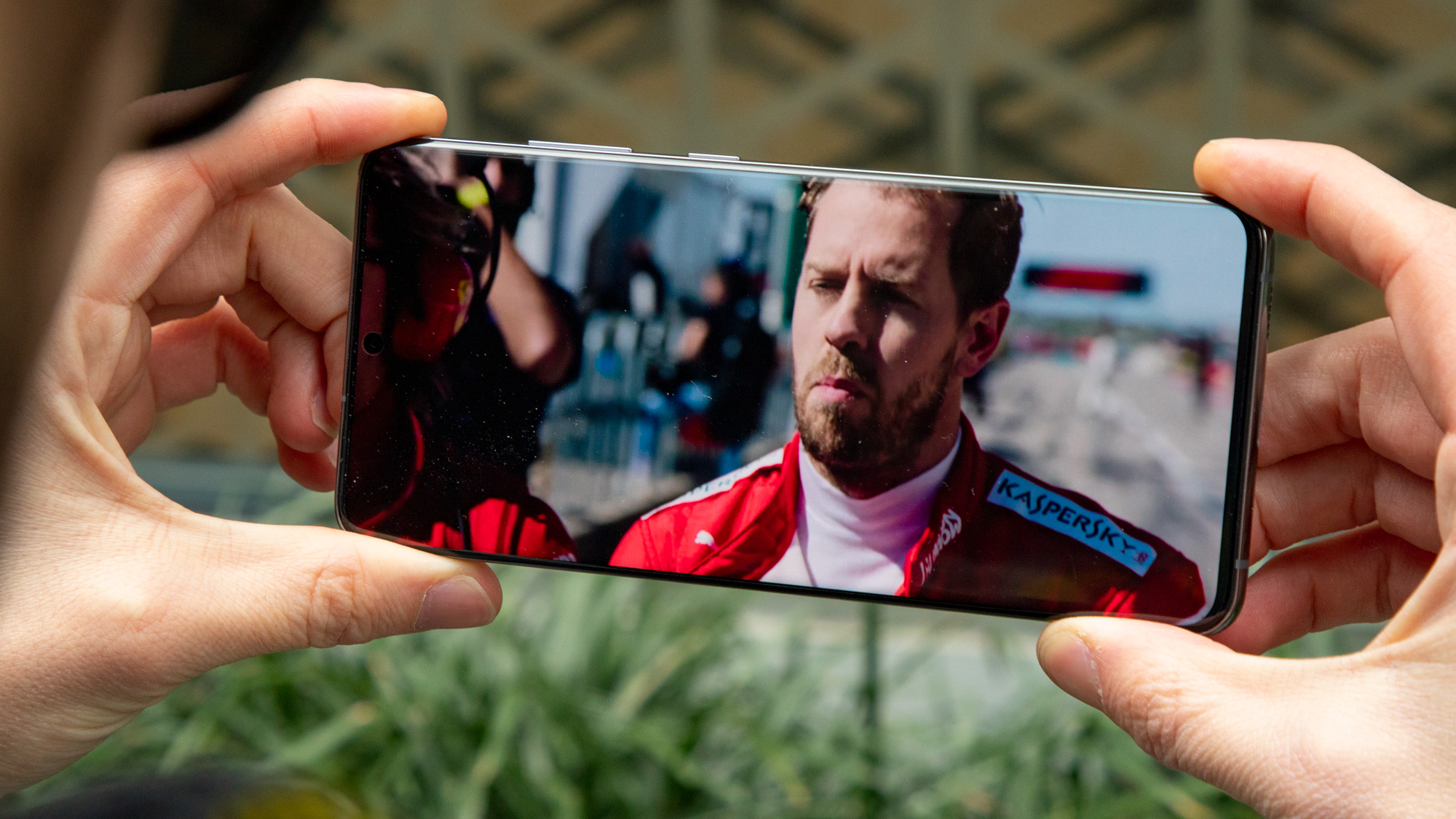Samsung Galaxy Note 20 screen will bring TWO awesome benefits
Samsung's new 5G-optimized OLED display uses less power and emits less blue light – and it's likely to be on the Note 20

The 120Hz OLED display on the 6.9-inch Samsung Galaxy S20 Ultra is glorious. But you may want to hold off for the Samsung Galaxy Note 20, as Samsung has just announced a new OLED screen that’s even better.
Made by Samsung Display and announced in a press release, the new display is optimized for 5G phones. The screen does two things: reduces power consumption and emits less blue light, and we're much more excited about the former.
- The best phones right now
- Galaxy Watch Active 2 takes on Apple Watch with two new models
- Just in: Security researcher says to 'stop buying' Samsung phones
We want more efficiency because the Galaxy S20 Ultra lost 3 hours of battery life with its display's 120Hz mode enabled. We also suspect that the phone’s 5G radio impacts its endurance. So any boost in efficiency should be a big help for the Galaxy Note 20.
How big a boost? According to the testing agency UL, the power consumption on Samsung’s new panel has dropped by 15%. The average power consumption dropped from 1.5W to 1.3W when performing various activities, including taking pictures, viewing entertainment and surfing the web.
According to the testing and verification company SGS, Samsung’s new OLED display also emits 6.5% blue light, which is lower than the 7.5% emitted by Samsung’s OLED panel released last year.
Research has shown that blue light is not harmful to your eyes, but blue light has been found to impact sleep quality. Some users simply find that less blue light makes the viewing experience more comfortable, which is good when you consider that our screen time is expected to increase even more as 5G networks proliferate.
The Samsung release cites data that says that "monthly smartphone data usage is also predicted to substantially increase from 7GB in 2018 to 32GB by 2024."
Get instant access to breaking news, the hottest reviews, great deals and helpful tips.
Samsung Display does not say when this new screen would be available, but it's certainly possible that it could show up in the Galaxy Note 20, which is expected to be unveiled in July.
Mark Spoonauer is the global editor in chief of Tom's Guide and has covered technology for over 20 years. In addition to overseeing the direction of Tom's Guide, Mark specializes in covering all things mobile, having reviewed dozens of smartphones and other gadgets. He has spoken at key industry events and appears regularly on TV to discuss the latest trends, including Cheddar, Fox Business and other outlets. Mark was previously editor in chief of Laptop Mag, and his work has appeared in Wired, Popular Science and Inc. Follow him on Twitter at @mspoonauer.

